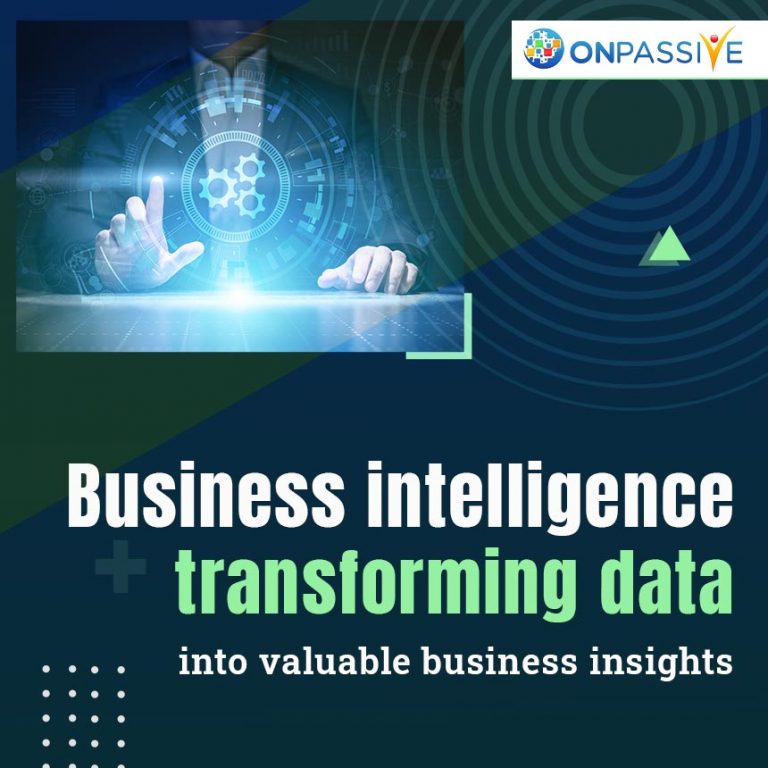
Business Intelligence (BI) leverages software and services to transform data into significant insights that illuminate an organization’s vital and strategic business decisions. BI tools get to and break down data indexes and present analytical and insightful findings in reports, synopses, dashboards, charts, graphs and guides to furnish clients with detailed knowledge about the condition of the business.
The term business intelligence frequently also alludes to a scope of tools that give brisk, simple to-process admittance to insights about an association’s present status, given accessible information.
Business intelligence models
Reporting is a focal feature of business intelligence, and the dashboard is maybe the prototype and archetypical BI tool. Dashboards are software applications that automatically pull together accessible data into graphs and charts that give a feeling of the prompt condition of the organization.
Even though business intelligence doesn’t guide business clients what to do or what will occur if they take a specific course, nor is BI exclusively about producing reports. Or maybe, BI offers a path for individuals to analyze information to get drifts and infer bits of knowledge by smoothing out the exertion expected to look for, consolidation and question the information essential to settle on sound business choices.
BI vendors Tableau and G2 additionally offer reliable instances of how organizations may put business intelligence tools to utilize:
- A community organization could use BI to monitor the track of member acquisition and maintenance.
- BI tools could automatically produce sales and conveyance reports from CRM data.
- A sales group could use BI to make a dashboard indicating where every rep’s prospects are on the business sales pipeline.
The first is customary or classic BI, where IT experts use in-house conditional information to create reports. The second is modern BI, where business clients collaborate with agile, intuitive frameworks to analyze data all the more rapidly.
Organizations regularly utilize modern BI tools when business users need understanding into rapidly evolving dynamics, for example, advertising and marketing events, in which being quick over getting the information 100 per cent right.
Yet, while reliable business intelligence is necessary to settling essential and strategic business decisions, numerous organizations struggle to actualize effective BI strategies, thanks to poor data practices, tactical mistakes and more.
Business intelligence software and frameworks
A wide range of sorts of tools falls under the business intelligence umbrella. The software selection service separates probably the foremost essential categories and highlights:
- Visualizations
- Dashboards
- Reporting
- ETL (extricate -transfer-load —tools that import information from one data store into another)
- Data mining
- OLAP (online analytical processing).
There are vast loads of vendors and contributions in the BI space, and wading through them can get overwhelming.
Business intelligence strategy
Before, IT experts had been the essential users of BI applications. Be that as it may, BI tools have developed to be more instinctive and easy to understand, empowering an enormous number of clients across an assortment of organizational domains to tap the tools. AI Advances in Transforming Business Intelligence
Self-service business intelligence
The drive to make it workable for pretty much anybody to get valuable data out of business intelligence tools has offered to ascend to self-service business intelligence. A class of BI tools pointed toward abstracting the requirement for IT intercession ceaselessly in producing reports. Self-service BI tools empower associations to make the organization’s internal information reports all the more promptly accessible to chiefs and other non-technical staff.
Remember, however, that there are traps to self-service BI as also. By controlling your business users into turning out to be impromptu data engineers, you can wind up with a confusing blend of metrics that differ across divisions.
Run into data security issues, and even run up significant licensing or SaaS bills if there’s no incorporated authority over tool rollout. So regardless of whether you are focusing on self-service business intelligence within your association, you can’t only purchase an off-the-shelf product, guide your staff to the UI, and hope for the best.



TARUN KUMAR JENA
3 years ago